Welcome back to our comprehensive guide on How To Be A Master Chef for beginners and food enthusiasts! In today’s posts, we’ll go over baking basics such as measurements, ingredients, techniques, and a simple recipe to get you started! If you’ve ever wanted to be a master chef, the time is now, so let’s get started!
Don’t miss our guide on How To Grill Like A Master Chef: Tips, Techniques, & Recipes!
How To Be A Master Chef In 10 Days – Begin Baking
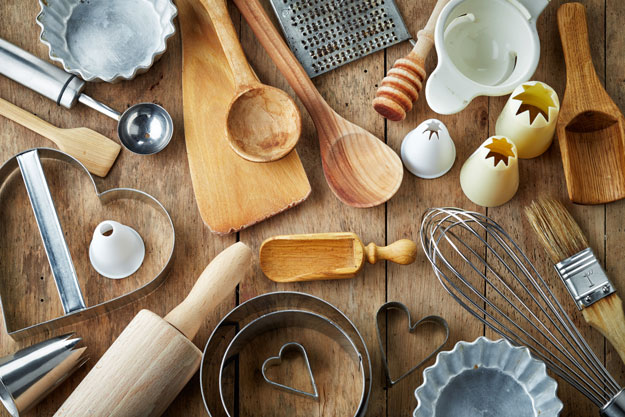
Some people may see baking as intimidating, but the truth is that it can be a lot of fun once you learn the basics. Over the course of this guide, we will go over the basics and open your eyes to the fun that is involved when baking! Measurements will be your best friend for this cooking style!
Measurements & Their Importance
Make sure you measure everything accurately! When baking, measurements are the main element that creates texture and flavor. Without properly measuring, bread can turn into a cake!
Dry Ingredients
To measure dry ingredients (flour, sugar, etc.), you’ll need to use a dry measuring cup with a flat top. There are also measuring spoons that work. Measuring flour and sugar are done in the same fashion. Fluff up the powder and scoop out more than what you need. Then, use the flat side of your knife to level off the excess powder. This is called leveling.
When a recipe asks for sifted flour, you’re going to have to sift it prior to measuring. This changes the volume of the flour. This makes the flour lighter so be careful not to compress it when measuring.
Wet Ingredients
Measuring wet ingredients (liquids) means you’re going to need to use liquid measuring cups. These cups have spouts that allow you to pour the liquids. There are measurements along the sides of the cups, making it easy to measure liquid ingredients. Make sure that the liquid is exactly at the line where your measurement is written!
Other Ingredients
These are techniques that are used for measuring certain ingredients. For example, with brown sugar, you have to pack it tightly into a measuring cup by pressing it down. Shortening and peanut butter use the same measuring technique.
How To Handle Your Eggs
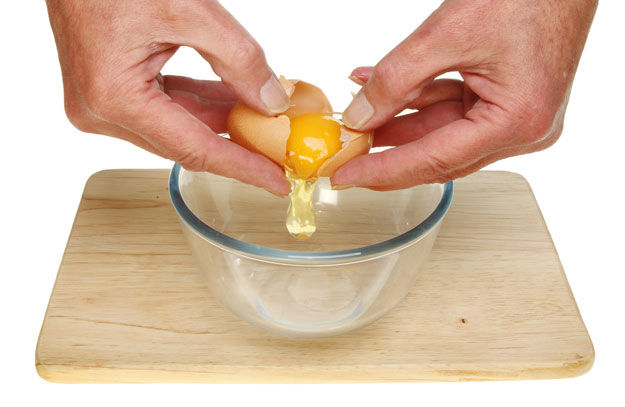
Do not include the shell in your dish! Eggs need to be cracked, and the insides are put in recipes. Through this post, we will show you how to use your eggs and even how to separate the yolk from the white!
Breaking Eggs
Never cracked an egg open? Follow this guide:
- Grasp an egg in one of your hands.
- Lightly knock the egg on the side of a bowl to break the shell. Be gentle!
- Use your thumbs to open the crack and open the egg. Again, be gentle! If you are not gentle, you may break off pieces of the shell! Allow the insides to go into your bowl.
- Make sure to take out any shell fragments!
Eggs & Whites
Separating eggs is a pretty easy process. Try this out:
- Take the egg and crack it in half by tapping it on the side of a bowl (gently).
- Open the egg, allowing the insides to be in one side of the shell.
- Over a bowl, pass the yolk between the two sides of the shell until the only the yolk is left in the shell.
- Toss the yolk in the garbage disposal.
Baking Techniques
Now that you know about the ingredients used for basic baking, you’re going to need to understand the baking techniques that will allow you to combine the ingredients. Here are some baking terms to add to your vocabulary:
Beating: This is when ingredients are mixed vigorously using a circular motion.
Stirring: Combining ingredients through moving ingredients around (usually done in a bowl).
Whipping: This is when air is added into the ingredients using a whisk or electric beater that has a whisk attachment.
Creaming: Using your hands or an electric mixer to beat butter, shortening, or margarine with sugar until it becomes light and fluffy.
Kneading: This combines pushing, folding and pressing to take the dough and form the gluten. This gives the dough a smooth and stretchy texture, allowing it to rise.
Folding: Combining light and heavy mixtures. This is done by literally folding the mixture over itself.
Whisking: Using a wire whisk to combine ingredients in order to put air into the mix.
Don’t miss the series; catch the rest of our guides below:
Chapter 1: Be A Master Chef in 10 Days
Chapter 2: Kitchen Storage Ideas
Chapter 2.1: Main Kitchen Appliances
Chapter 2.2: Creating a Safe and User-Friendly Kitchen
Chapter 2.3: Essential Pots, Pans and Cookware
Chapter 3: How To Organize and Stock Your Kitchen Pantry
Chapter 4: How To Buy and Use Your Kitchen Knives
Chapter 4.1: Knife Cuts – Chopping, Dicing and More
Chapter 5: How To Steam, Boil, Poach and More
Chapter 6: How To Saute and Make Homemade Sauces
Chapter 7: How To Braise Meat and How To Make Stew
Chapter 8: How To Roast Meat, Veggies and Poultry
Chapter 9: How To Grill Steak, Chicken and Veggies
Chapter 10: How To Bake Goods and Desserts From Scratch
Chapter 10.1: How to Make Pie Crust, How To Bake Cakes and More!
Chapter 11: Cooking for Beginners – Breakfast
Chapter 11.1: Breakfast Bread – How To Make French Toast, Pancakes & Waffles
Chapter 13: How To Cook Perfect Pasta and Hearty Grains
Chapter 14: How To Make Sauces From Scratch
Chapter 15: Easy To Make Homemade Desserts For Beginners
Chapter 16: How To Make Single-Pot Recipes From Scratch
Chapter 17: Thinking Like A Chef – Cooking Tips for Beginners
Don’t forget to catch the next part of our guide to How To Be A Master Chef In 10 Days! We love hearing your feedback and comments, so let us know if you have any other tips for beginner cooks or your thoughts on this series. HomemadeRecipes.com was founded to create an online community where foodies, epicureans and chefs can share recipes and learn new ones! We need your help, however, in creating this community where you can come, share and learn. If you love to cook, love food or have some great recipes and ideas you’d like to share with us, shoot us an email and make sure to stay in touch on Facebook, Twitter, and Pinterest! We’re always looking for contributors and want to hear from you.
Sign up for our daily newsletter here!
Do you have Instagram? Don’t forget to follow @HomemadeRecipesOfficial.
Click here to Like Us on Facebook.
Click here to Follow Homemade Recipes on Pinterest
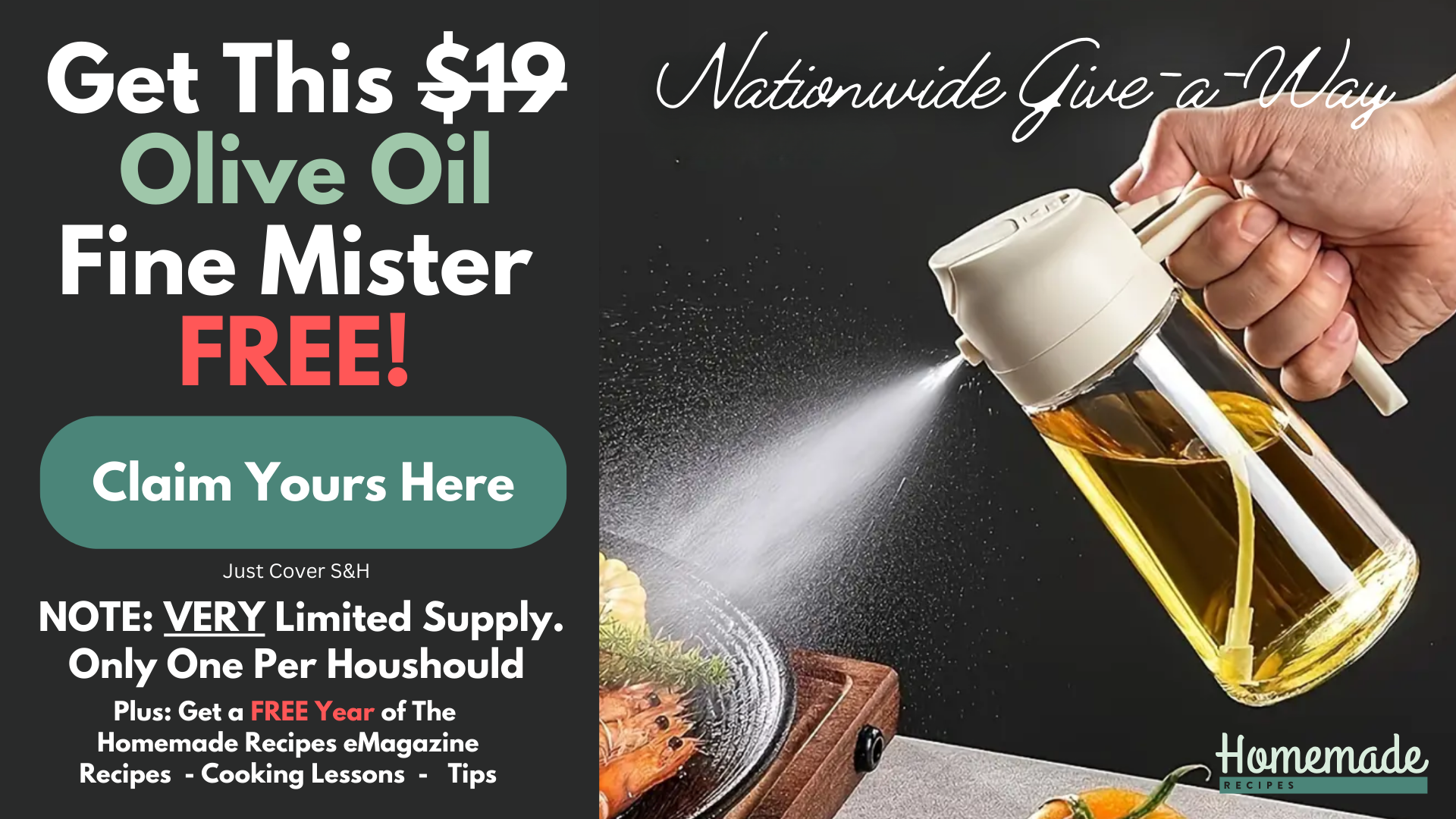
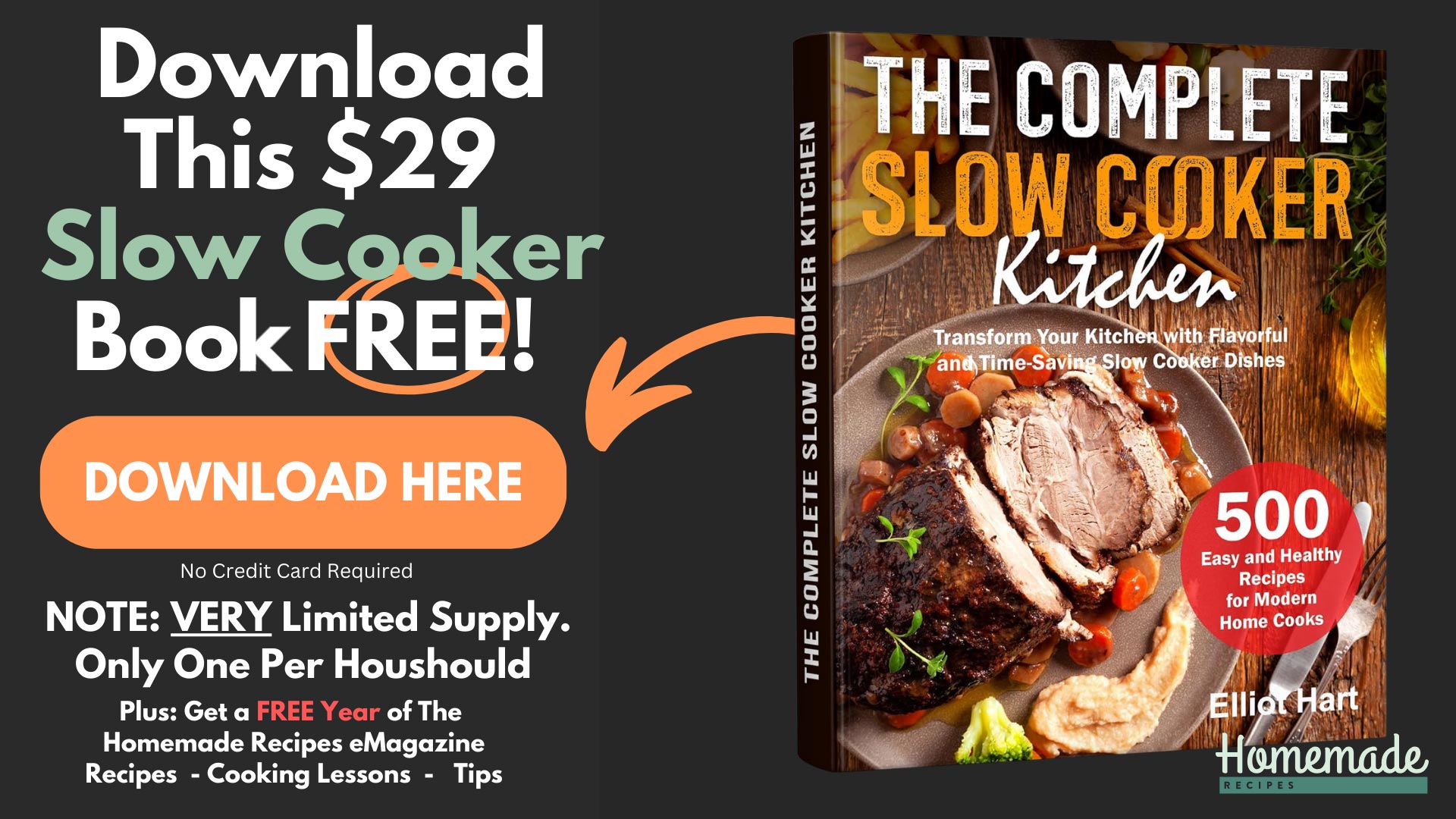
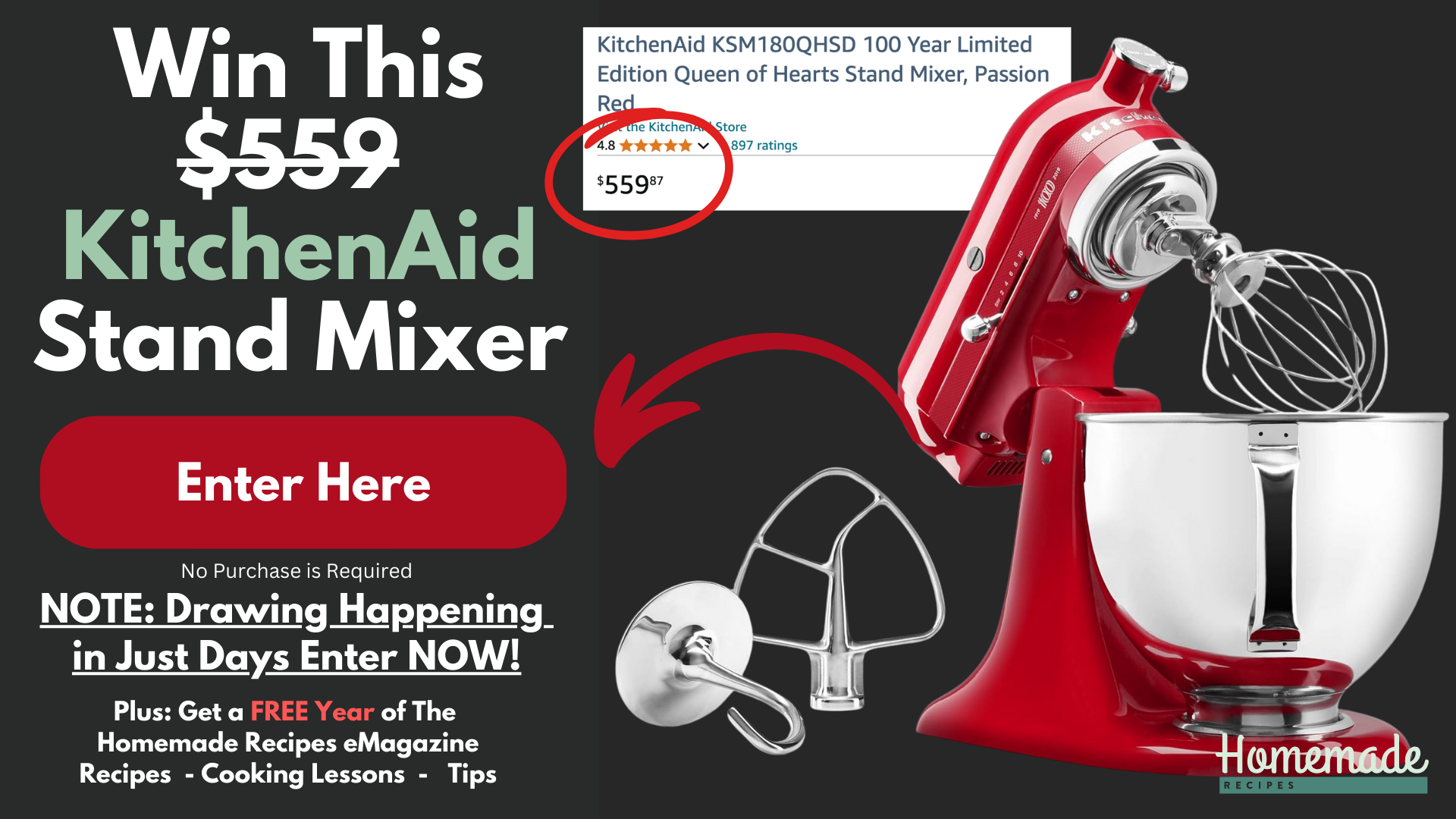
[…] are quick and easy to put together, plus they don’t require complicated baking skills. You don’t need a specific recipe to make a great trifle. You just need to mix and match […]